Your guide to understanding how roll works on artificial turf.
The Physics of Golf
Physics. It influences everything we do, and, notably, the beloved game of golf.
Physics, the nature and properties of matter and energy: the hitting of the ball, the ball’s trajectory through the air, the initial bounce, and the ball’s roll out.
Ideally, the ground in the direction of the shot would be perfectly flat, perfectly uphill, or perfectly downhill would be perfectly flat, perfectly uphill, or perfectly downhill in the direction of the shot. This would make getting the ball into the hole an easy matter by hitting it in a straight line.
That said, you’ll observe that the ground is sloped. Now the ball’s roll cannot be a straight line to get in the hole, meaning it’s a more challenging task. In this case, the ball must now follow a precise curved path to get to the hole. How much the ball has to curve relies on the degree of the slope and undulation of the putting green.
Whether or not synthetic grass or natural grass is used to construct your dream backyard putting green, the physical characteristics of the turf affect the performance. We use a combination of common golf course tests and proprietary playability testing.
One typical test to measure ball roll is the stimpmeter test. Stimp testing gives the calculated distance a ball rolls on artificial turf in meters when dropped from one meter. The ball-to-surface interaction of the grass is directly related to the ball roll distance.
The proprietary playability testing for roll analyzes the consistency of outputs from a standard putting stroke. This test analyzes the initial bounce of the club face and the spin to roll transition.
Now let’s take a deeper look into the components that affect how a golf ball reacts and rolls on a turf.
Green Characteristics
Product Construction: Plastics that are extruded and recycled and offered in a mix of constructions, colors, and lengths. Proper construction is crucial to allow key putting green installation practices; construction allows turf to be infilled and rolled. Properly rolled fibers appear and play like natural greens.
Pile Height: The thickness and height of the grass blades will provide differences in friction; affecting the velocity and smoothness of your putt.
Fiber: The composition of the fibers has a sizeable effect on how the golf ball rolls throughout the putt. Fiber composition influences friction and pile lay. How the ball interacts with the surface is influenced by how the turf lays.
Infill: Intrinsic to the turf system, infill is comprised of rounded washed silica. Infill allows ballast and helps drainage. Infill shape is directly related to performance; angles and edges impede roll.
Aggregate Base: Stone is compacted creating challenging slopes and undulations; one that performs and drains like a championship golf course.
The formula to creating a Backyard Putting Green that performs like a Championship Golf Green uses the best raw materials with elite-proven-tested installation techniques. Especially important when you are on the putting green seeking to gently get the ball into the hole.
The Southwest Greens Difference
Southwest Greens have quantified key performance indicators. By understanding what variables influence performance, we’ve been able to reproduce natural greens.
With Golden Bear Turf, you will have smoother rolls that compare to playing on your favorite championship course. Scientifically tested and designed to replicate natural grass, from the initial bounce off the clubface... to the spin transition… to the smooth ball roll into the cup...
Golden Bear give you only the best! It’s the perfect backyard practice putting green that will offer the most realistic putting surfaces you’ll find on the market.
